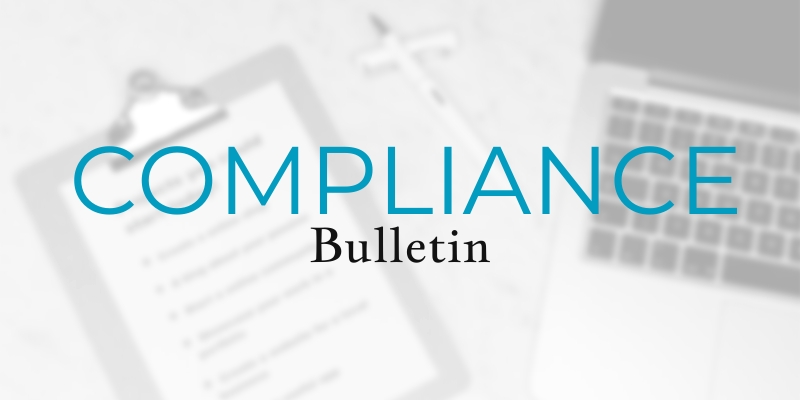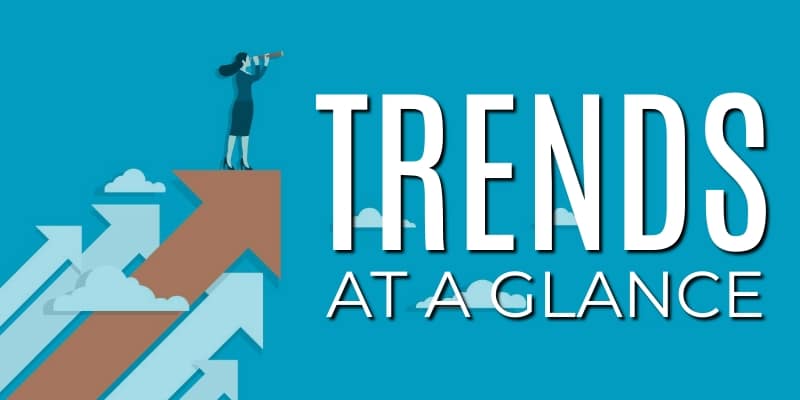29 Oct Final Rule on Health Care Transparency Issued
 On Oct. 29, 2020, the Departments of Labor (DOL), Health and Human Services (HHS) and the Treasury (Departments) issued a final rule regarding transparency in coverage that imposes new transparency requirements on group health plans and health insurers in the individual and group markets. These provisions only apply to non-grandfathered coverage, including both insured and self-insured group health plan sponsors.
On Oct. 29, 2020, the Departments of Labor (DOL), Health and Human Services (HHS) and the Treasury (Departments) issued a final rule regarding transparency in coverage that imposes new transparency requirements on group health plans and health insurers in the individual and group markets. These provisions only apply to non-grandfathered coverage, including both insured and self-insured group health plan sponsors.
This final rule was issued in response to an executive order issued on June 24, 2019, aimed at improving price and quality transparency in health care. 29 Oct Affordable Care Act: 2021 Compliance Checklist
 The Affordable Care Act (ACA) has made a number of significant changes to group health plans since the law was enacted in 2010. Since that time, a number of changes have been made to various ACA requirements that employers and plan sponsors should be aware of. It is important for employers to periodically review their benefit plans in order to maintain compliance with these various requirements.
The Affordable Care Act (ACA) has made a number of significant changes to group health plans since the law was enacted in 2010. Since that time, a number of changes have been made to various ACA requirements that employers and plan sponsors should be aware of. It is important for employers to periodically review their benefit plans in order to maintain compliance with these various requirements.
Changes to some ACA requirements take effect in 2021 for employers sponsoring group health plans, such as increased dollar limits. To prepare for 2021, employers should review these upcoming requirements and develop a compliance strategy.
This ACA Overview provides an ACA compliance checklist for 2021. Please contact Reseco Group for assistance or if you have questions about changes that were required in previous years. 26 Oct Trends at a Glance: Deductible Costs

Deductibles are the amount a participant owes for health care services each year before the insurance company begins to pay.
Data within this Trend at a Glance is based on the 2020 UBA Health Plan Survey and are based on responses from 11,788 employers sponsoring 21,980 health plans covering 1,366,186 employees nationwide. Reseco Insurance Advisors is a member of United Benefit Advisors (UBA) and by using this data, we can help employers more accurately evaluate costs, contrast the current benefit plan’s effectiveness against competitors’ plans, and adjust accordingly. This gives employers a distinct competitive edge in negotiating rates—and recruiting and retaining a superior workforce.


 The COVID-19 Pandemic Has Upturned Everything This Year. So, It’s Understandable If You Are A Little Less Prepared For Open Enrollment At This Point. However, There’s Still Time To Address Open Enrollment With Employees In Meaningful Ways. Doing So Will Help Them Get The Most From Their Benefits, Which Are Especially Valuable In These Uncertain Times.
The COVID-19 Pandemic Has Upturned Everything This Year. So, It’s Understandable If You Are A Little Less Prepared For Open Enrollment At This Point. However, There’s Still Time To Address Open Enrollment With Employees In Meaningful Ways. Doing So Will Help Them Get The Most From Their Benefits, Which Are Especially Valuable In These Uncertain Times.